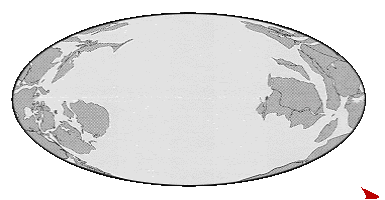|
|
|
|
||
|
|
ApuanGeoLab |
|
|
ApuanGeoLab shows you the continuous geological evolution of our planet in order to help you understand why earthquakes happen or mountains are created, why the Apennines and Mediterranean was formed and how water has shaped intricate underground passages and deep wells in the carbonatic body of the Apuan Alps... |
  |
|
|
|
||
|
ApuanGeoLab tells you why the planet surface is endlessly
restless, fragile and gradually transforming. The "Earth shell" is
divided into about ten large plates or slabs; they fit together like the
pieces of a puzzle.
ApuanGeolab tells you the world why the Apuan Alps, in the
Late Triassic, about 220 million years ago. The continental environment
is becoming a coastal, marine environment. This is followed by another
40 million years of carbonate sedimentation in a calm, continental shelf
sea, until we have a “sudden”, later lowering of the sea bed around the
Middle and Late Jurassic. Let’s now take another step forwards in time,
to the end of the Age of Dinosaurs (Late Cretaceous). The African and
Eurasian plates are now converging and starting to close in the area of
the Tethys Ocean basin in today’s Mediterranean sea. During the
Paleogene, the first signs of initial compression gradually appear in
the Apennine and Apuan areas... |
|
|
|
|
||